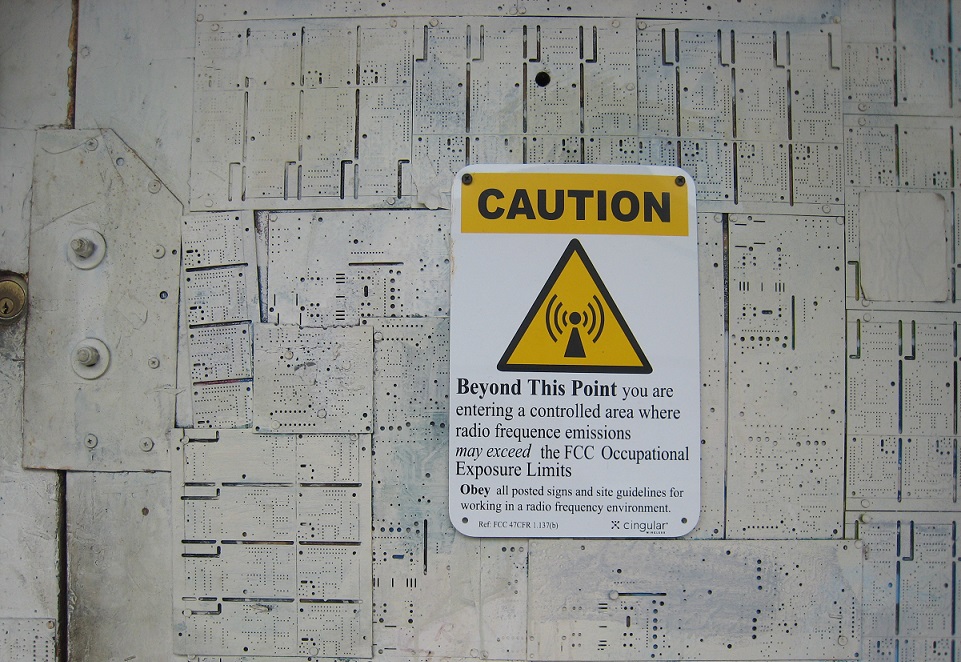This post is also available in:
 עברית (Hebrew)
עברית (Hebrew)
Spectrum sharing by the military and private sectors could provide less-congested wireless channels for densely populated areas and more reliable connections for advanced communications needs such as 5G wireless and internet of things applications. The US Federal Communications Commission (FCC), with help from the National Institute of Standards and Technology (NIST) and other agencies, will soon make it possible for a 150-megahertz (MHz)-wide section of the RF spectrum to be shared.
“This will be the first time that commercial broadband users share spectrum dynamically with government users, and if it works, the FCC may allocate other currently protected RF bands for shared use,” said Michael Souryal, lead for the spectrum sharing support project within NIST’s Communications Technology Laboratory.
Since 2015, FCC rules have been in place that pave the way for commercial wireless users to employ the commonly called “3.5 Gigahertz (“3.5 GHz”) Band,” or “Innovation Band,” when not needed for its current primary use, offshore radar operations by the U.S. Navy.
The Navy maintains first right to the band and private use only occurs during its downtimes. Providers and other organizations will be granted access using a three-tier priority allocation
structure: (1) incumbent users such as the U.S. Navy, (2) LTE providers and other organizations that pay license fees for the right to share, and (3) general users.
According to phys.org, NIST has played a major role in the development of standards, test procedures and certification tools that will allow service providers and other potential users to prove that they can operate in the 3.5 GHz Band under FCC regulations and assure the Navy that the band can be successfully shared without RF interference.
10 standards for operating the service were approved recently, including the algorithm for protecting military incumbent users. A NIST-designed computer reference model of that algorithm will be an integral part of the certification process.
A simulation of the NIST model demonstrates 45,000 LTE smaller-size networks (known as small cells) using the 3.5 GHz Band in the northeastern United States. In response to a simulated need for the band by an offshore Navy vessel, the model calculates which small cells must be shut down and which can continue transmitting. These simulations, along with others modeling wireless networks in other U.S. coastal regions, will allow the FCC to test and evaluate how effectively a commercial LTE provider can share the band with the Navy.


























